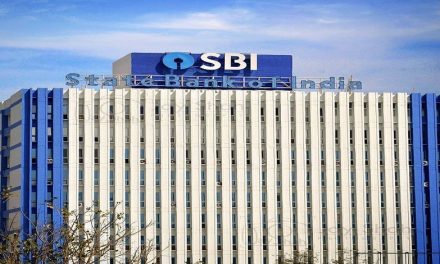Employees Provident Fund (EPF or PF) is one of the few retirement savings schemes available to the organized sector with significant tax benefits and sovereign-backed returns, which is typically higher than most other fixed-income products. Tax exemptions are available on the contributions made, on the accruals as well as on the withdrawals (this triple taxation benefit is known as EEE or Exempt, Exempt, Exempt scheme).
.
With the objective to limit the tax benefits on PF to members who make high contributions, typically done through Voluntary Provident Fund (VPF), Budget 2021 had introduced the taxation of interest earned on employee contributions exceeding ₹2.5 lakh per financial year effective FY 2021-22. This applies only to contributions made by the employee and not the employer.











